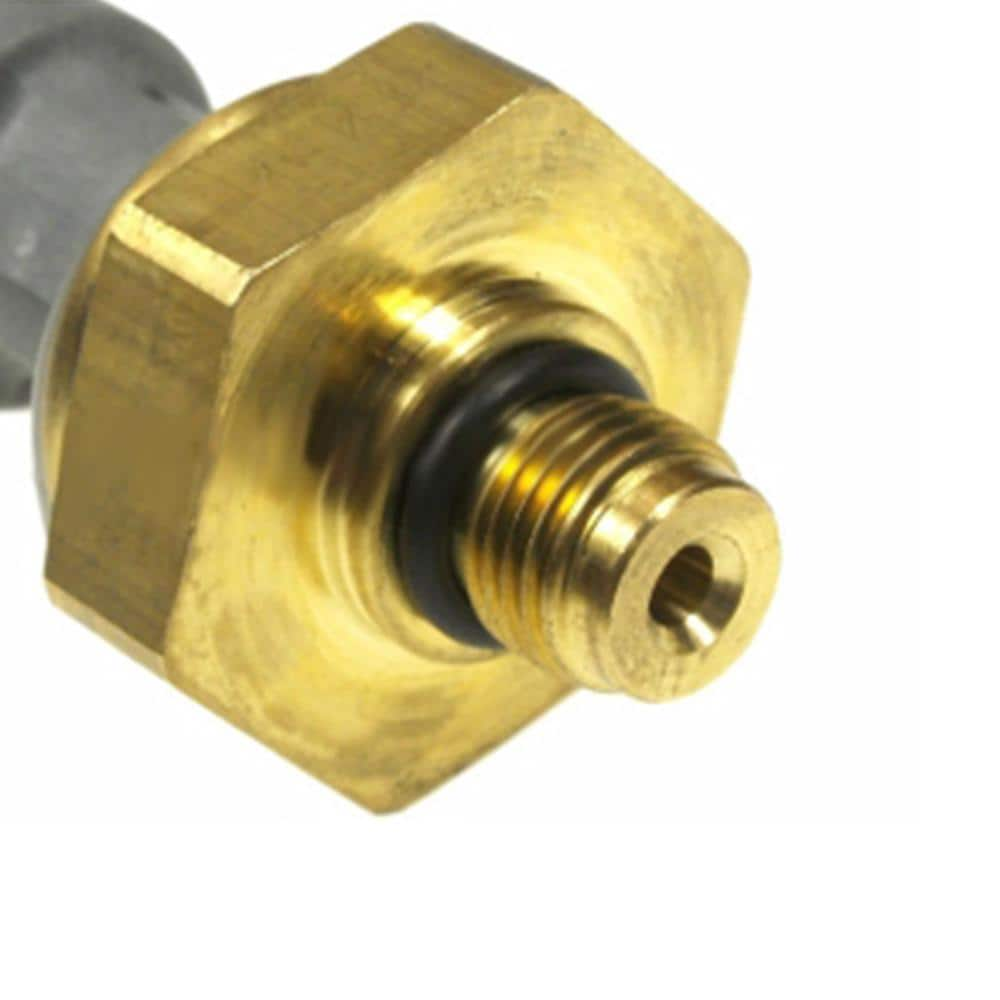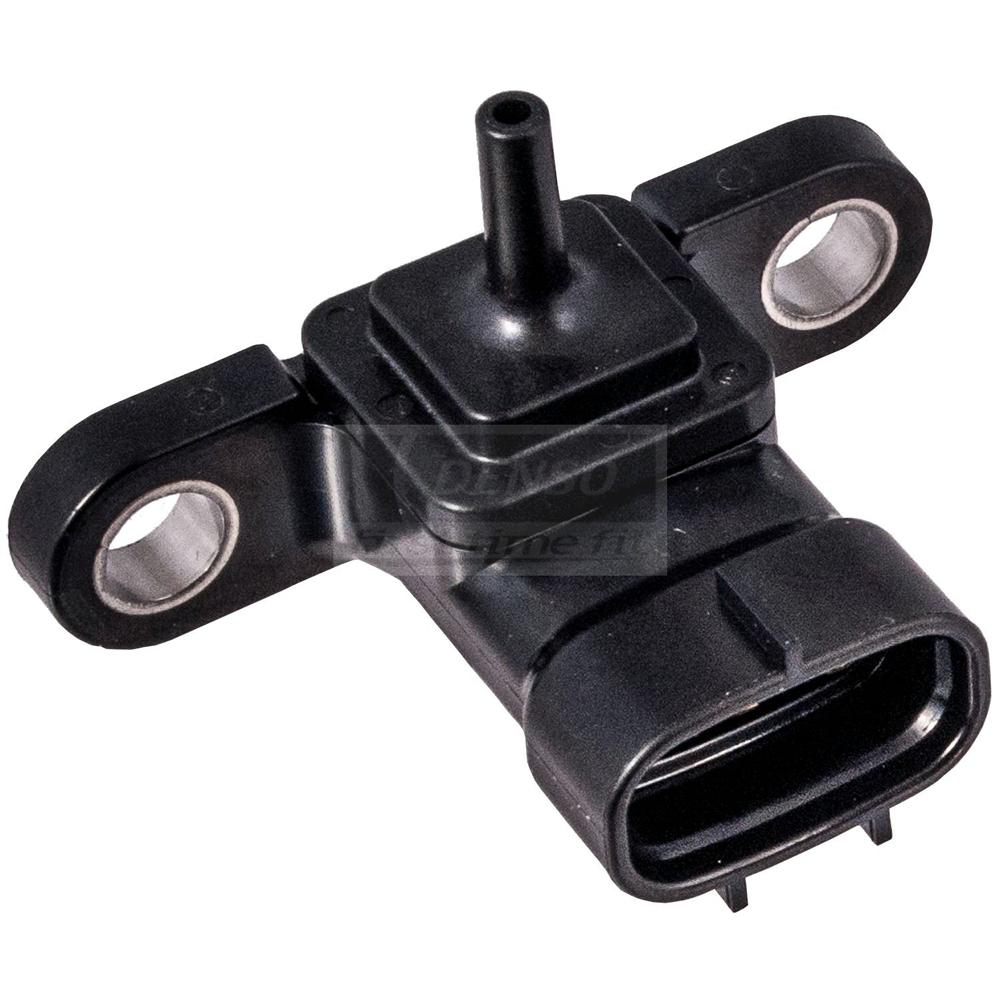
It is important that the test is not performed at a vacuum pressure above 20 inHg as this can damage the sensor. Making sense of your sensors: MAP sensor Typically found in fuel injected engines, the manifold absolute pressure (MAP) sensoris one of the sensors an engine control module (ECM) uses to calculate fuel injection for optimal air-fuel ratio by continuously monitoring intake manifold pressure information. If similar readings are not measured during the test with the vacuum pump then the sensor is most likely to be faulty. In normal conditions the sensor should register between 1 and 2 volts at idle (this is where the sensor is experiencing high vacuum), and around 5 volts with the engine off but the ignition turned on. The sensor can also be tested by connecting a hand-held vacuum pump to the port of the sensor and a multimeter to the sensor’s connector. This can be done by checking the sensor’s port and any hosing leading to the sensor.Īt this point, if there appears to be sufficient vacuum use a multimeter to see whether the sensor is receiving voltage. If both appear to be in working order then it is important to check that the sensor is receiving vacuum. To ensure that there are no leaks check the sensor’s gasket and the hose from the intake manifold. In order for a MAP sensor to function properly it is imperative that the sensor is sealed as a vacuum leak can affect any readings that the sensor takes. Measures EGR valve performance in some vehicles or used in turbo applications to monitor air pressure.Įngine RPM becomes irregular due to incorrect readings Uses air temperature and engine speed to determine air density
#Manifold absolute pressure sensor download
SPECIAL FEATURES SIGN UP TO PART INFO DOWNLOAD TECHNICAL LINKSĭetermines the correct air/fuel ratio in vehicles which do not have an air mass sensor Your tailpipe emissions may show a high level of hydrocarbons, high NOx production, low CO2, or a high level of carbon monoxide.Ī properly trained technician like those at YourMechanic are capable of diagnosing and repairing a failed MAP sensor.USER CONTRIBUTIONS ASK THE EXPERTS E-LEARNING TECHNICAL SUPPORT CONTACTS PRIVACY POLICY Failed emissions testĪ bad MAP sensor will cause your vehicle to fail an emissions test. NOx is also a chemical component of smog.

This increases the amount of NOx (oxides of nitrogen) production within the engine. By reducing the fuel into the engine, combustion chamber temperatures are increased. While you may notice an increase in fuel economy, you will also notice that your engine isn’t as powerful as it was before. The PCM responds by reducing the amount of fuel being injected into the engine. Lack of powerĪ MAP sensor that measures low intake manifold pressure indicates low engine load to the PCM. Hydrocarbons and carbon monoxide are some of the chemical components of smog. It also increases the amount of hydrocarbon and carbon monoxide emissions from your vehicle to the surrounding atmosphere. This, in turn, decreases your overall fuel economy. This results in an increase of fuel being injected into the engine. Excessive fuel consumptionĪ MAP sensor that measures high intake manifold pressure indicates high engine load to the PCM. Symptoms of a bad or failing MAP sensor include: 1. This is because the MAP sensor measures “absolute” pressure, based on a perfect vacuum, rather than atmospheric pressure.Ī failed MAP sensor has serious implications on fuel control, vehicle tailpipe emissions and fuel economy. At 20 “Hg, the MAP sensor will indicate about 5 psi. With a running engine, intake manifold vacuum usually runs around 18 - 20 “Hg (inches of mercury). When the engine is running, the downward motion of the pistons create a vacuum inside the intake manifold (For the purposes of engine control, when a technician says vacuum, what they are really saying is pressure that is less than atmospheric pressure).

At a perfect vacuum, the MAP sensor will read 0 psi. When the engine is off, the absolute pressure inside the intake equals atmospheric pressure, so the MAP will indicate about 14.7 psi. Measures pressure and temperature of intake air for optimized engine performance. At sea level, atmospheric pressure is about 14.7 psi (pounds per square inch). TMAP Temperature Manifold Absolute Pressure Sensor.

The MAP sensor measures the absolute pressure inside the intake manifold of the engine. The PCM uses this input, as well as others, to calculate the correct amount of fuel to inject into the cylinders.
#Manifold absolute pressure sensor code
The Manifold Absolute Pressure (MAP) sensor is used by the Powertrain Control Module (PCM) for engine load input. Also, on some vehicles, the code may be set when the TP and manifold absolute pressure (MAP) signals do not agree.


 0 kommentar(er)
0 kommentar(er)
